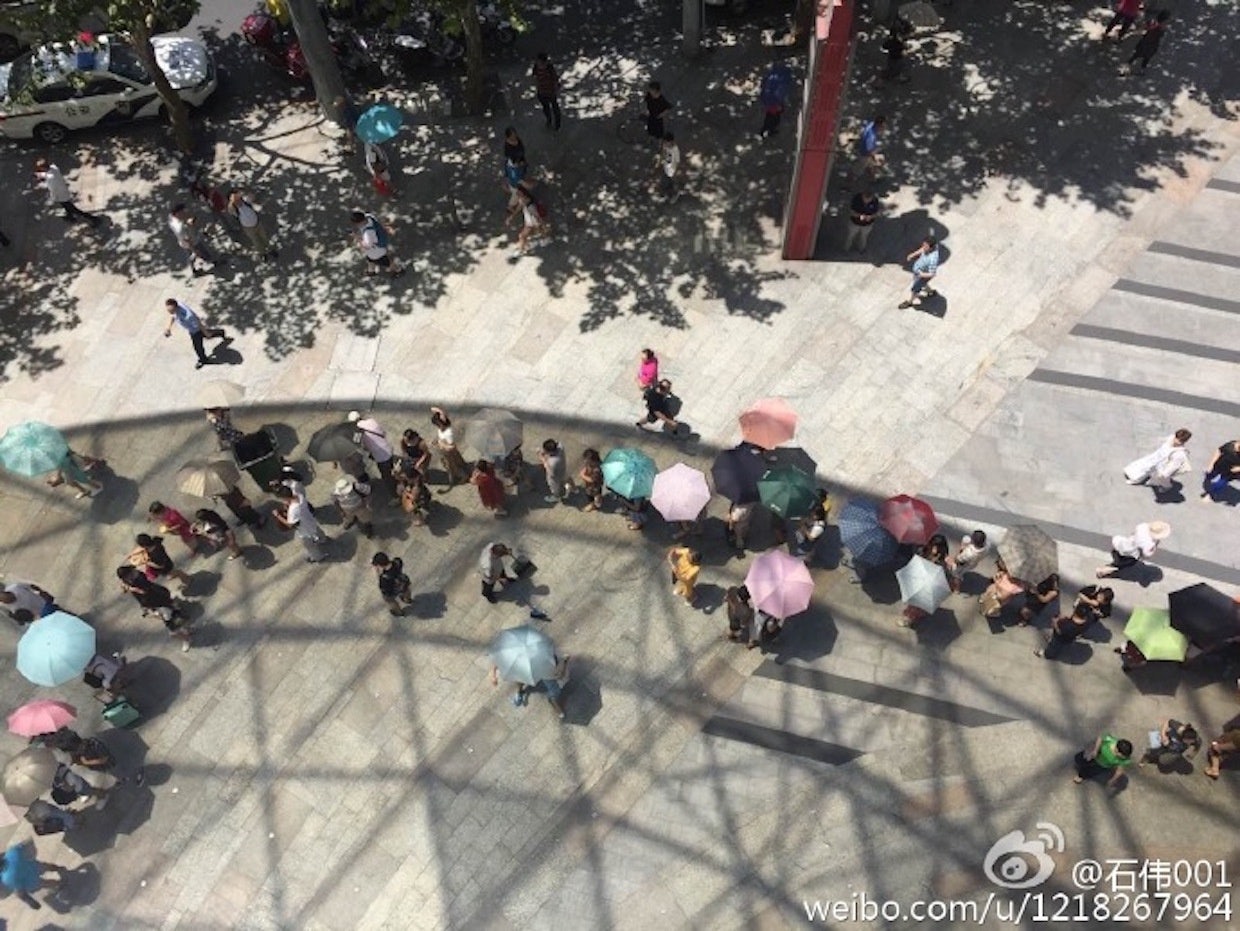This article was published earlier in our weekly newsletter. Sign up through our “Newsletter Sign Up” box on the right.
As the Chinese government loses out on a massive amount of revenue thanks to Chinese consumers’ preference to buy luxury goods abroad, it’s increasing the number of duty-free offerings with the hope that jet-setting shoppers will keep more of their spending on the mainland.
On Monday, the state-owned China National Service Corporation opened a two-floor, 3,300-square-meter duty-free shopping center in Shanghai’s busy commercial Jing'an district with over 100 brands available for sale. With a spending limit of only 5,000 RMB, the foreign labels skew toward more affordable luxury brands and cosmetics, with names including Tory Burch, Michael Kors, Tissot, Estée Lauder, La Mer, Clinique, and MAC, just to name a few.
The offerings are only available to shoppers who have traveled internationally, as Chinese customers must be able to show their passport to prove that they’ve arrived in Shanghai from abroad within the past 180 days. The limitations are likely aimed at cutting down on the impact of daigou sellers flooding the shop and clearing out shelves for their online shops.
Despite the stringent limits, demand appears to be strong: according to on-the-ground reports of the opening, massive crowds have been flocking to the new shop, with wait times of up to four hours to get in without reservations, crowd control measures by police, and brawling customers scrambling to get access.
As Chinese consumers have been increasingly buying more luxury goods abroad to avoid high tariffs at home, the government has been enacting measures to “repatriate” luxury spending, including reforms to its tariff policies and stricter customs controls. The duty-free development is a significant part of this scheme, with plans to open 30 new duty-free stores at airports, arrival ports, and borders. The move to open shopping centers beyond points of entry began in Hainan, which currently boasts the world’s largest duty-free mall.
These efforts may have been paying off—a recent report by Exane BNP Paribas and ContactLab estimates that Chinese consumers made 40 percent of all luxury purchases abroad in 2016, down from 43 percent last year. This estimate is much lower than a report by the Fortune Character Institute, which said that 78 percent of Chinese luxury purchases took place outside the mainland in 2015.
